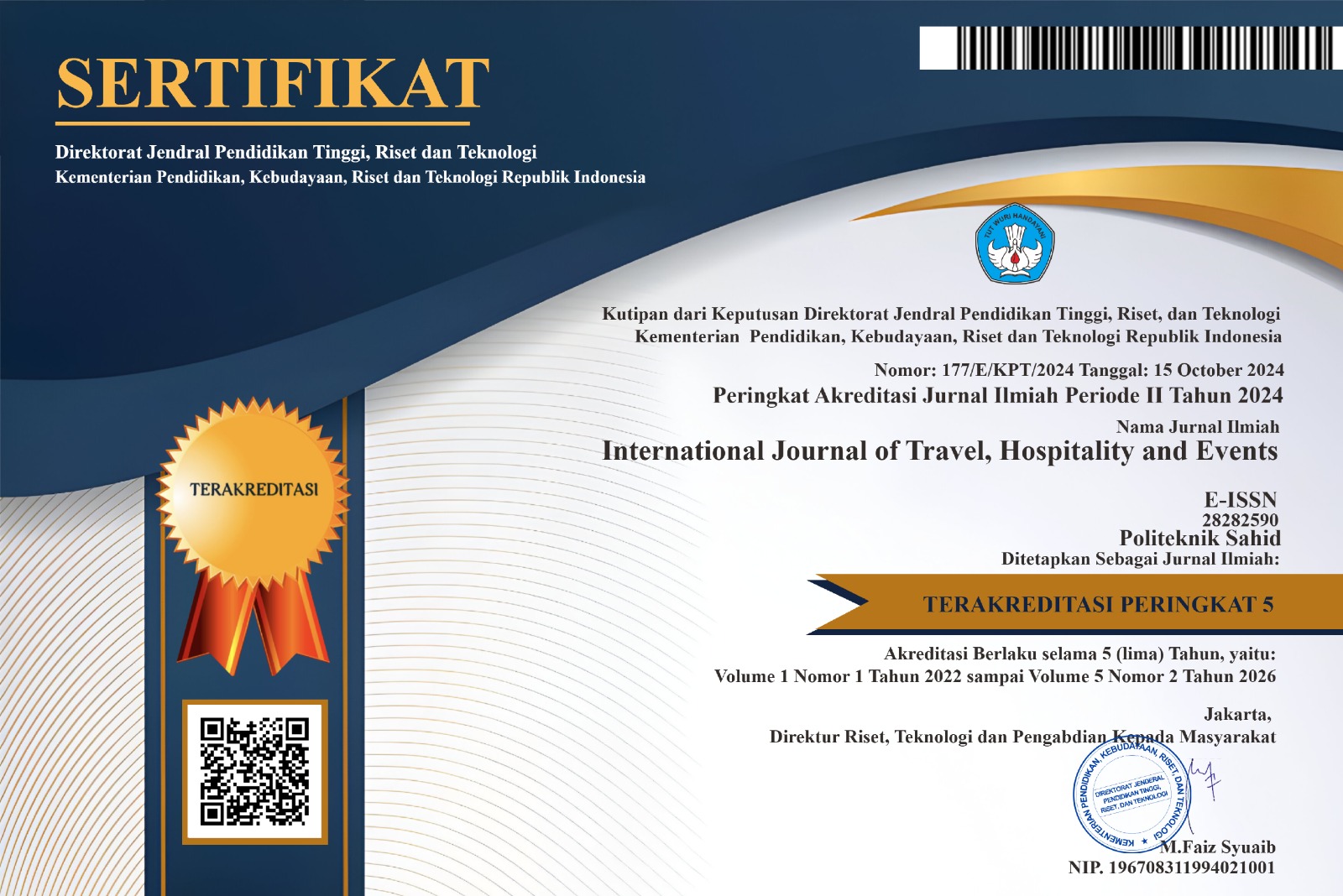Differences in Healthy Lifestyle and Healthy Food Consumption among Millenials and Generation Z
DOI:
https://doi.org/10.56743/ijothe.v3i2.377Keywords:
Healthy Lifestyle, Healthy Food Consumption, Millennial Generation, Z GenerationAbstract
Purpose: This study aims to determine whether there are differences in a healthy lifestyle and healthy food consumption among millennials and Generation Z in Jakarta.
Research methods: The technique used in this study uses a comparative quantitative research method—sources of data were obtained from primary data and secondary data by collecting data by distributing questionnaires. The population in this study is the people of DKI Jakarta aged 17 to 42 years.
Results and discussion: The study analyzed the healthy lifestyle and food consumption habits of Millennials and Generation Z in Jakarta. The survey included 107 respondents aged 17-42 years, divided equally between the two generations. Descriptive analysis revealed that both generations exhibit a relatively high awareness of maintaining a healthy lifestyle, especially post-COVID-19 pandemic. Millennials show a preference for balanced meals and adequate sleep, while Generation Z also values regular exercise and hydration. However, Generation Z has a higher tendency to smoke and consume alcohol compared to Millennials.
Implication: From the results of this study, it can be concluded that there are differences in healthy lifestyles and healthy food consumption among millennials and Generation Z in Jakarta.
Keywords: Healthy Lifestyle, Healthy Food Consumption, Millennial Generation, Z Generation
Downloads
Published
How to Cite
Issue
Section
Categories
License
Copyright (c) 2024 Kris Cahyani Ermawati, Baskoro Harwindito, Vera Fortuna Octavia

This work is licensed under a Creative Commons Attribution 4.0 International License.


























